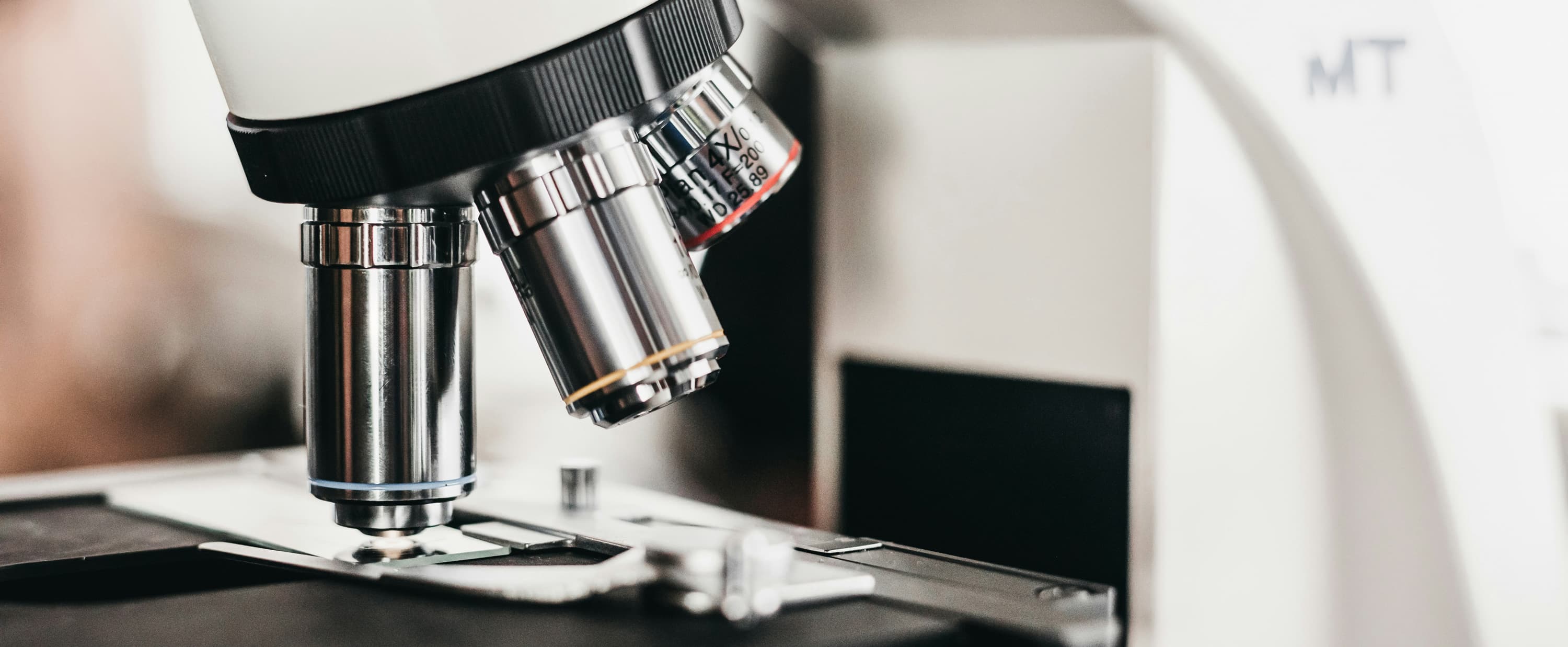Tap Into The Power of Your DNA
Discover The Ultimate DNA Testing for Methylation and Complete Wellness
Unlock the hidden potential in your DNA and gain personalized insights to transform your well-being. Dive deep into your unique gene mutations and traits, and discover actionable strategies to fast-track your wellness journey and supercharge your goals.
Transform My WellnessOver 130 DNA-Tailored Strategies
100% Safe And Secure
Take A DNA Test or Upload Raw Data





Uncover Your DNA’s Secrets For Optimal Wellness
Explore 8 Powerful Reports, Revealing Over 130 Unique Traits
Explore Unique DNA-Personalized Insights for Methylation and Wellness: Start Your Journey Now!
Discover hundreds of genetic insights that have the potential to change your life and transform your body. Unlock our best-selling Methylation Genes Report and gain powerful insights into your MTHR gene and other genes that could be key to unlocking your full genetic potential!
Works with:





13 Methylation Genes Report
*No DNA Kit Included
$299
Our 13 Methylation Genes Report covers a wide range of genetic mutations and powerful insights—for less than half the price of other methylation test providers. No DNA Kit Included.
13 Methylation Genes Report + DNA Kit
*DNA Kit Included
$349
Get everything in your Methylation Genes Report, plus a DNA kit to you help you get started.
13 Methylation Genes Report + Wellness Test Bundle
*DNA Kit Included
$399
Get everything in your 13 Methylation Genes Report + Wellness Report Bundle, along with a DNA kit.
13 Methylation Genes Report + Wellness Test Bundle
*DNA Kit Included
$399
Get everything in your 13 Methylation Genes Report + Wellness Report Bundle, along with a DNA kit.
13 Methylation Genes Report + DNA Kit
*DNA Kit Included
$349
Get everything in your Methylation Genes Report, plus a DNA kit to you help you get started.
13 Methylation Genes Report
*No DNA Kit Included
$299
Our 13 Methylation Genes Report covers a wide range of genetic mutations and powerful insights—for less than half the price of other methylation test providers. No DNA Kit Included.
Begin Your Wellness Transformation with LifeDNA in 3 Easy Steps
Step 1
Select Your Plan
Choose between our 13 Methylation Genes Report and our 13 Methylation Genes Report + Wellness Report Bundle. These plans provide access to your personalized insights within hours.
Step 2
Upload Your Raw Data
Simply upload your raw data, and our system will promptly analyze it. You'll be notified via email as soon as your reports are ready to view!
Step 3
Start Optimizing Your Wellness
Dive into your actionable DNA insights, kickstarting your journey to optimal wellness!
100% Safe & Secure
Upload Your Raw Data
Simple And Easy DNA Test
Discover Why LifeDNA is a Game-Changer for Your Wellness Journey
01
130+ DNA-Tailored Reports for Comprehensive Wellness
Our reports are designed to support multiple aspects of your well-being. Uncover valuable insights about your methylation, food and workout response, supplementation, sleep patterns, potential skincare needs, personality traits, and likely stress triggers.
02
A Journey of Self-Discovery and Optimization
Explore your hidden skills and passions through your unique genetic profile. Identify potential genetic predispositions and gain actionable strategies to overcome wellness challenges before they arise.
03
Achieve Your Goals Faster
Eliminate the guesswork – let your DNA guide you to optimal wellness. Enjoy personalized diet and fitness suggestions tailored specifically to you, moving beyond one-size-fits-all.
04
Cutting-Edge Insights That Go Beyond Traditional DNA Wellness Tools
Uncover genetic secrets and wellness strategies that other DNA testing companies can miss.

What Our Users Are Saying: Real Stories, Real Transformations
“Very detailed DNA test results! I went to LifeDNA and got an insane amount of detail for less than half the price. I was very impressed with the findings, the details for each, and all the other little things I could dive into.”
– Jeff Feller
Frequently Asked Questions
I have already taken a DNA test before. Can I upload my existing raw data?
Absolutely! Our system is compatible with all DNA testing companies, like 23andMe, Ancestry, My Heritage, Living DNA, and Family Tree DNA. You simply need to upload your raw file from any of these companies, and your result will be generated in a few hours.
I have never taken a DNA test before. Can I do a DNA test?
LifeDNA offers a simple, easy-to-use DNA test to help you finally get started on your personalized wellness journey. Unlock your methylation results in just 3-5 weeks!
Will this report diagnose any diseases or conditions that I may have?
No, our reports do not diagnose you with any diseases. The LifeDNA Reports primarily provide information on your methylation, nutrition, fitness, supplementation wellness, personality, cognition, skincare, and sleep.
Will you sell my data to third parties like insurance companies? how do you protect my data?
No. When you upload your DNA to LifeDNA, you keep 100% ownership over your data. We will NEVER sell your data.
*Our reports have not been evaluated by the Food and Drug Administration. The contents on our website and our reports are for informational purposes only, and are not intended to diagnose any medical condition, replace the advice of a healthcare professional, or provide any medical advice, diagnosis, or treatment. Consult with a healthcare professional before making any major lifestyle changes or if you have any other concerns about your results. The testimonials featured may have used more than one LifeDNA or LifeDNA vendors’ product or reports.